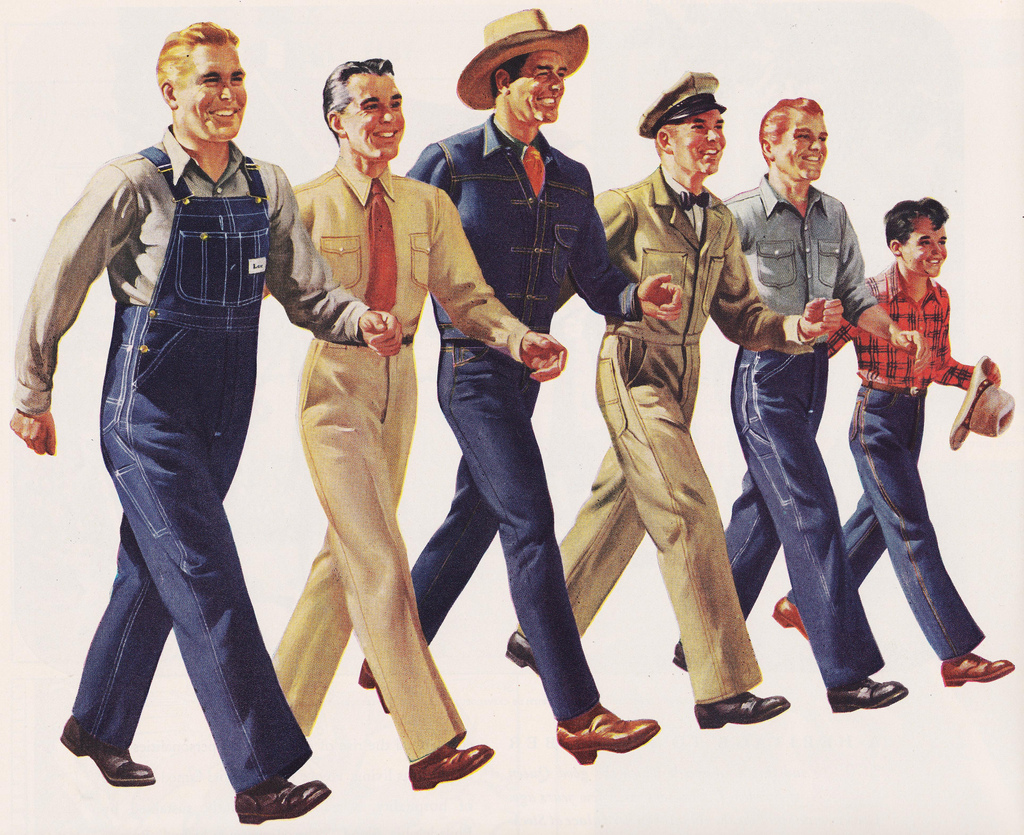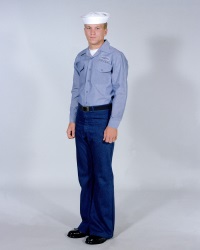Readers shouldbe aware the tax law signed by the President on 22 December 2017 dramatically changed the applicability of this article. Most of these rules have changed or are obsolete. I have decided to leave it here for consistency and posterity.
 One remarkable side effect from being a tax preparer is that it has enhanced my opinion of my fellow citizens. I used to feel like I was one of the few people left in America who wasn’t lying on his tax return. Preparing taxes for other people has shown me that my previous suspicions about the rest of you weren’t true. In my experience the great majority of taxpayers are honest. They are not trying to cheat on their taxes. They want to take all of the deductions to which they are entitled, and they don’t want to try to get away with claiming deductions for things they are not qualified to claim.
One remarkable side effect from being a tax preparer is that it has enhanced my opinion of my fellow citizens. I used to feel like I was one of the few people left in America who wasn’t lying on his tax return. Preparing taxes for other people has shown me that my previous suspicions about the rest of you weren’t true. In my experience the great majority of taxpayers are honest. They are not trying to cheat on their taxes. They want to take all of the deductions to which they are entitled, and they don’t want to try to get away with claiming deductions for things they are not qualified to claim.
That observation leads me to believe the rules for deducting work-related clothing are misunderstood. Or, perhaps, do-it-yourself software doesn’t do a very good job of helping people through the process of claiming that particular deduction. Perhaps it is a combination of those two things. Either way, I review several tax returns every year that get this deduction wrong. The taxpayer didn’t claim the clothing deduction when they were qualified to do so. Or, the taxpayer deducted clothing expenses that don’t meet the IRS standard for being work-related. I will try to clarify.
The tax code allows self-employed taxpayers to deduct expenses related to their business. Similarly, taxpayers who are employees can deduct the business-related expenses of being an employee. Therefore, work-related clothing can be deducted by taxpayers regardless of whether they are self-employed or employees.
The IRS has a standard definition for work-related clothing. In order for an article of clothing to be work-related it must meet two tests:
1. It must be required by your employer.
2. It must not be suitable for use outside your place of work.
BOTH of these must be true in order for the clothing to be deductible. Let’s look at each in greater detail.
The Clothing Must Be Required By Your Employer
This is an easy test to meet if you are self-employed. You are your employer and you wear what you require. If you are an employee it can be a little less straight forward, but is usually easy to determine. Perhaps you work in a restaurant and your manager requires khaki pants and a blue polo shirt. Perhaps you work as a mechanic and the manager requires you to wear a blue shirt with your name patch sewn on it. Perhaps you are in the military and you have uniforms to wear. These are all situations in which your employer required you to purchase and wear particular clothes for work.
The Clothing Can Not Suitable For Use Outside Work
I think this is the part that is misunderstood. If the clothing is suitable for use outside of work it is NOT work-related clothing – even if your employer required you to have it. Khaki pants and a blue polo shirt are suitable for wear outside of work. It doesn’t matter if you don’t wear them outside of work. It doesn’t matter if you would not be caught dead out in public in khaki pants and a blue polo shirt. They are considered suitable for use outside of work, and therefore NOT deductible as work-related clothing.
Many military uniforms are also considered suitable for use outside of work. If you can wear it off base it is not deductible as work-related clothing.
Of my previous examples, that leaves the mechanic with the blue shirt and name patch. This clothing is not suitable for use outside the place of work. People don’t typically walk around in public sporting their name and the company logo on their clothing. If the mechanic paid for these items himself, the shirt, the name patch, and the tailoring to attach the name patch to the shirt would all be deductible as work-related expenses by this employee.
I will often see people take a large deduction for clothing when they start a business or a new job. “I needed a new wardrobe,” they will tell me, “I am in sales. I see clients, it is essential to my job that I look professional.” “I only bought these clothes because of the new job.”
I believe them, and I understand. I see clients. I try to look presentable. I spend money on suits, shirts, sport coats, and ties that I only wear at work. This does not make them deductible. It is clothing that is suitable to be worn outside of my work, and is therefore not deductible as work-related clothing on my tax return. Your new clothes, even though you bought them because of your job, are not work-related if they can be worn outside work.
Special Issues For Military Personnel
When I was a young sailor we had uniforms that could not be worn off base.* There seem to be fewer of those today, but they still exist. Those uniforms would be deductible as work-related employee expenses, but only to the extent that you paid for them out of pocket IN EXCESS OF your annual uniform allowance.
Additionally, there are certain ceremonial items required by some military personnel that are not regular uniform items. Things like an officer’s sword or a flag-aide’s epaulets. These items are also deductible if they exceed your annual uniform allowance.
If you have qualifying work-related clothing you should be deducting it from your taxes. Just make sure that it meets the IRS definition of work-related. If it doesn’t your deduction will not hold up in an audit, and you’ll owe penalties and interest on top of the additional taxes. If you have questions or concerns about work-related deductions, please contact me.
 *A short sea story: When I was a junior sailor we still wore the dungaree working uniform. It was not to be worn off base. The rule was you could drive to and from work wearing your dungarees as long as you did not get out of your car between home and work. I observed this rule stridently… except once. I lived about 40 miles from the base and stopped at a gas station near my home. I was low on gas and figured I could just pump the gas quickly, jump back in my car, and not have to go back out later. Standing there pumping the gas a car pulled up on the other side of the pumps. I could see that two-starred fouled anchor on his combination cover from a mile away. The Master Chief stepped out, gave me the stank eye, and asked which command I worked for. I told him, of course, then got in my car and drove off. I never heard anything else about it, but I also never stopped anywhere in that uniform ever again!
*A short sea story: When I was a junior sailor we still wore the dungaree working uniform. It was not to be worn off base. The rule was you could drive to and from work wearing your dungarees as long as you did not get out of your car between home and work. I observed this rule stridently… except once. I lived about 40 miles from the base and stopped at a gas station near my home. I was low on gas and figured I could just pump the gas quickly, jump back in my car, and not have to go back out later. Standing there pumping the gas a car pulled up on the other side of the pumps. I could see that two-starred fouled anchor on his combination cover from a mile away. The Master Chief stepped out, gave me the stank eye, and asked which command I worked for. I told him, of course, then got in my car and drove off. I never heard anything else about it, but I also never stopped anywhere in that uniform ever again!


